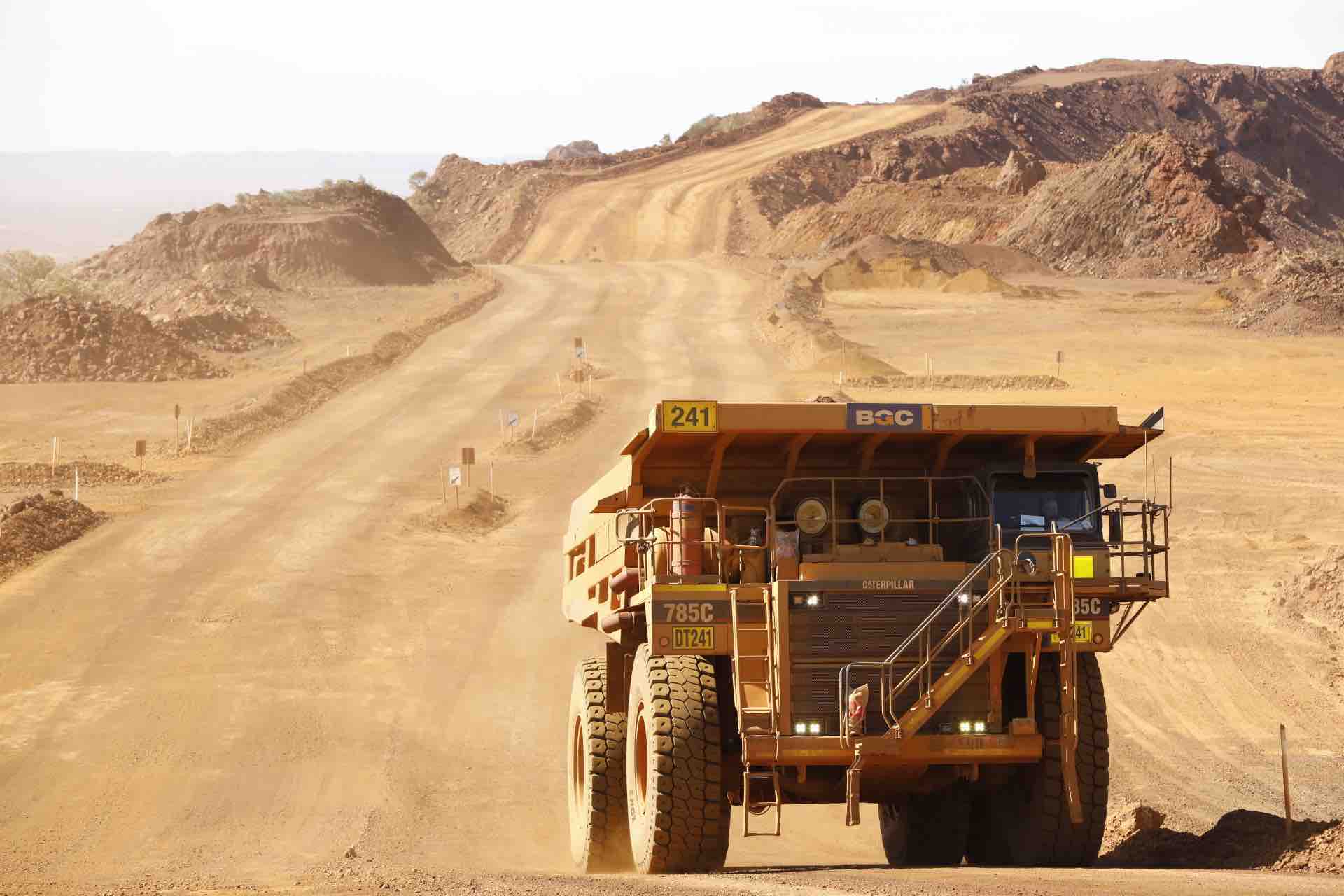
Decarbonization is the practice of reducing the amount of carbon dioxide from fossil fuels by replacing fossil fuels with other forms of renewable energy that make mining greener. Replacing fossil fuels will reduce the amount of carbon dioxide in the atmosphere. The reduction in use of diesel, gas, coal becomes the essence of the new shift to decarbonization in mining and the long term global trend in the development of the green economy in mining. In this article we focus on decarbonization in mining delving into areas of concern, drivers, commodity markets, what it takes to decarbonize, lessons learnt from different parts of the world and solutions towards decarbonization.
The areas that require decarbonization in mining vary across the different elements that contribute to the success of a mining operations from pit to port. Decarbonization in mining is required in the following areas:
There are different drivers for decarbonization in mining. These drivers do not exist in isolation, most of them actually work hand in hand which then makes decarbonization in mining a task which is multifaceted. These are some of the drivers:
Different commodity markets have varying contributions to the mining sector’s total emissions, in a combination of scale and carbon intensity of operations. According to MineSpans these are the commodities that contribute to the mining sector’s total emissions from least to most:
There are many challenges and limitations to achieving a zero-carbon mine in the journey to decarbonization in mining.
Some of these decarbonisation challenges faced in mining include:
Mining has a vital role to play in providing the materials for a zero net carbon emissions world but to achieve this the industry must expand and decarbonize at the same time. Decarbonization is essential to the future of our planet. The increase in energy efficiency will have many positive effects in the short and long term, including improving air quality and reducing temperatures worldwide. The importance of shifting to a decarbonized mining sector will bring climate reforms and progress towards net zero emissions, engagement and commitment. There is no way around the issue of decarbonization. The transition to net zero carbon economy will continue to affect economies and societies around the world, in a positive way. There is a big range of CO2 equivalent emissions per tonne of coal mined, mainly driven by the presence of fugitive methane from deep coal layers. Capturing and draining this gas will be essential in the path towards zero emissions.
Vehicles will not only significantly contribute towards carbon emission reductions but will also enable mine operations to become more environment friendly and sustainable. Despite a daunting timeline, zero-carbon mines are within reach if the right solutions are implemented. now is the right time for miners to take action and accelerate their efforts to decarbonize, using this as a differentiator toward customers given this growing ambition for decarbonization. As stakeholders pressure mining companies to reduce emissions, operations must monitor their environmental impact and ultimately move toward zero-carbon mining. We believe that decarbonization is possible, but only if all stakeholders along this end-to-end value chain are willing to rally together to take advantage of the opportunities in this landscape and address these challenges through cross-sectoral collaboration.
Finally, the key lies in making data around carbon dioxide emissions available in real time. There has to be departure from just reporting, yes it is good but always happens after something has gone wrong. Real time emissions data that is understandable and actionable will be key in decision making around decarbonisation in mining and only digital tools will enable that.
Your feedback is important to us. If you enjoyed reading this Global Road Technology industry update and found it informative, please let us know by leaving a REVIEW.
REFERENCES
Decarbonization: It’s the demand side, stupid. Retrieved 01/09/21.
Decarbonising the mining sector. Retrieved 01/09/21.
Decarbonization Will Require Pricing Reform. Retrieved 01/09/21.
Making supply-chain decarbonization happen. Retrieved 01/09/21.
Pressure to decarbonize: Drivers of mine-side emissions. Retrieved 01/09/21.
Will ‘grid diplomacy’ lead to decarbonization? Retrieved 01/09/21.